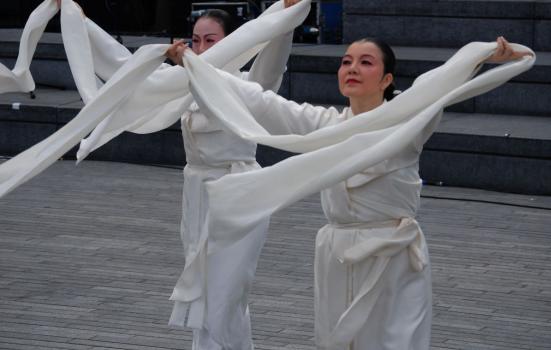Study finds dance companies in receipt of most funding - and exerting greater influence on the sector - are more likely to be led by men, despite higher overall levels of female leadership.

PxHere/Creative Commons
A new report reveals that while women hold significantly more leadership roles in UK dance companies than men, the companies that receive the most national funding are disproportionately likely to be led by men.
In the financial year 2021-2022, women held 56% of artistic director roles, 67.4% of executive director posts and 61.1% of board memberships, according to data collected in the report.
But despite the fact women held more leadership positions than men in every category analysed, the data showed that organisations led by men in both artistic and executive director roles were more likely to receive larger amounts of funding.
READ MORE:
“Of the most financially powerful organisations (those that are assumed to have greater impact on the sector) the majority are led by men, with those led by women receiving less funding from national funding programmes,” the study found.
The Leadership Gender Balance in the UK dance sector report, produced by the charity AWA DANCE, in collaboration with Coventry University’s Centre for Dance Research, analysed data from 82 nationally-funded dance companies across England, Scotland and Wales.
Using funding bands taken from Arts Council England’s categorisation, the study analysed how funding allocations intersect with gender across the sector.
It found that among the 46 organisations in Band 1 (£40,000 to £249,999), 70% of both artistic directors and CEOs were women.
Among the 28 organisations in Band 2 (£250,000 to £999,999), women made up 46.2% of artistic directors and 60.7% of CEOs.
Among the eight organisations in Band 3 (£1m and above), 87.5% of artistic director positions were held by men, along with 44.41% of CEO positions.
“The more funding a company receives, the more likely it is to be directed by a man both in artistic and executive positions,” the report concluded.




